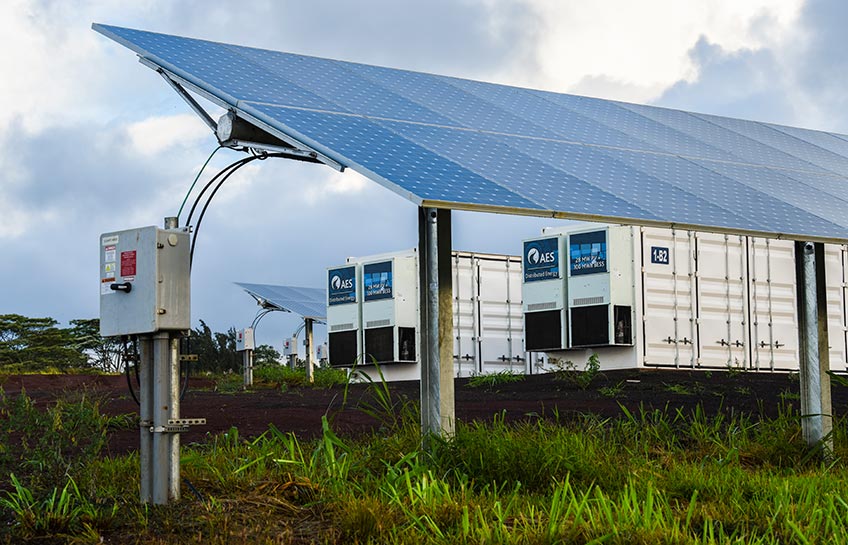
Whether or not the wind blows, the sun shines, or customers decide to charge their electric vehicles, varying electricity supplies and demands create uncertainty on the grid. That risk associated with renewables’ ability to deliver power is the subject of a new research program at NREL.
The Department of Energy’s Advanced Research Projects Agency-Energy (ARPA-E) has announced $3.4 million in project funding for a National Renewable Energy Laboratory (NREL)-led team in a new program designed to assess the delivery risk of grid assets’ ability to provide expected power. NREL will collaborate with Johns Hopkins University, the Electric Power Research Institute (EPRI), energy startup Packetized Energy, kWh Analytics, and a group of industry advisors to study the implications for power system performance associated with the delivery risk of bulk and distributed energy resources (DERs).
The ARPA-E program, named Performance-based Energy Resource Feedback, Optimization, and Risk Management (PERFORM), is about quantifying, assessing, and managing the delivery risk of all grid assets. With a risk-driven paradigm, operators can fully understand the likelihood of maintaining a supply-demand balance and assess the true value of essential reliability services.
“The bottom line is that our resource mix is changing, including more intermittent energy resources and flexible assets such as storage,” said NREL Project Lead Elina Spyrou. “We want to make sure that we have the right metrics to quantify the delivery risk at the asset and system level and identify cost-effective and reliable ways to hedge that risk.”
NREL has come a long way in addressing the integration of variable energy assets from an engineering perspective; PERFORM is intended to continue that progress, helping system operators better understand and manage the challenges and opportunities associated with all grid assets, including emerging assets such as flexible and variable energy resources.
NREL will approach PERFORM from two angles: Researchers will study the risk of DERs related to their ability to reliably deliver power, and they will examine ways to hedge that risk with certain services that flexible assets can provide.
“We will look at what mechanisms are needed to inform decisions related to this delivery risk,” Spyrou said. “We will also look at metrics and methods that could help utilities and DER portfolio managers to monitor delivery risk of a DER portfolio and ultimately increase the offering of bulk system products and services by DERs. Inspired by credit scores, we want to examine how useful a DER score would be for that purpose.”
Besides direct input from industry advisors that include system operators and utilities, NREL will work with Packetized Energy to understand the perspective of DER aggregators. NREL will also collaborate with EPRI, who will develop tools to simulate existing markets and proposed enhancements as well as coordinate feedback from project advisors.
True to the ARPA-E mission, the PERFORM project will channel an interdisciplinary approach to achieve a tech-to-market end goal. The NREL-led team unites industry with experts in power systems, operational research, and actuarial sciences to design high-impact, market-ready risk management solutions for modern power systems.






